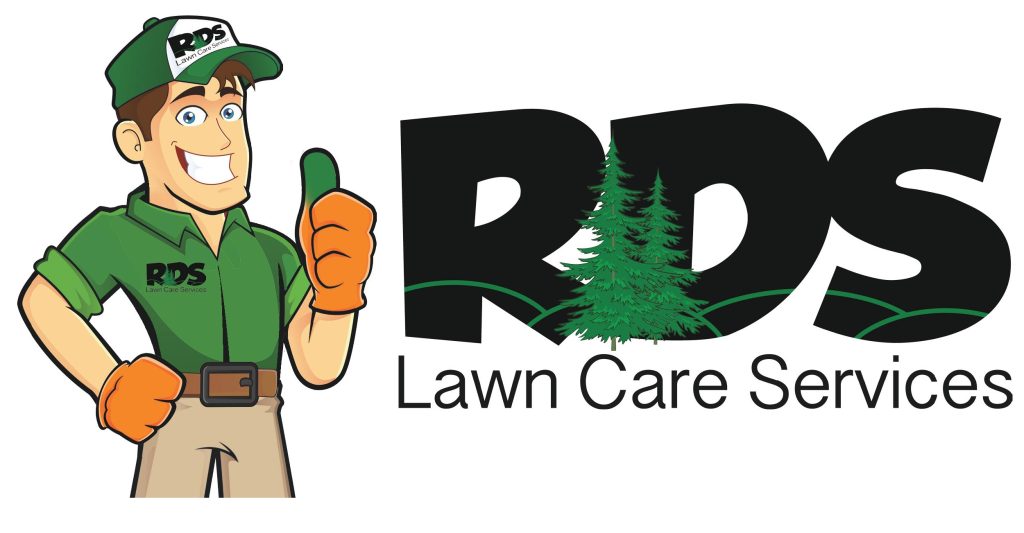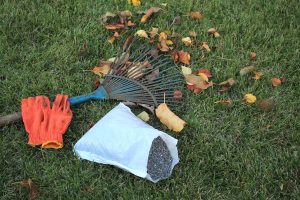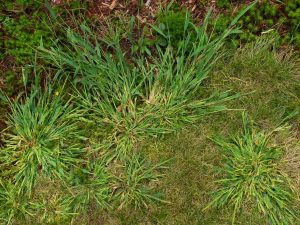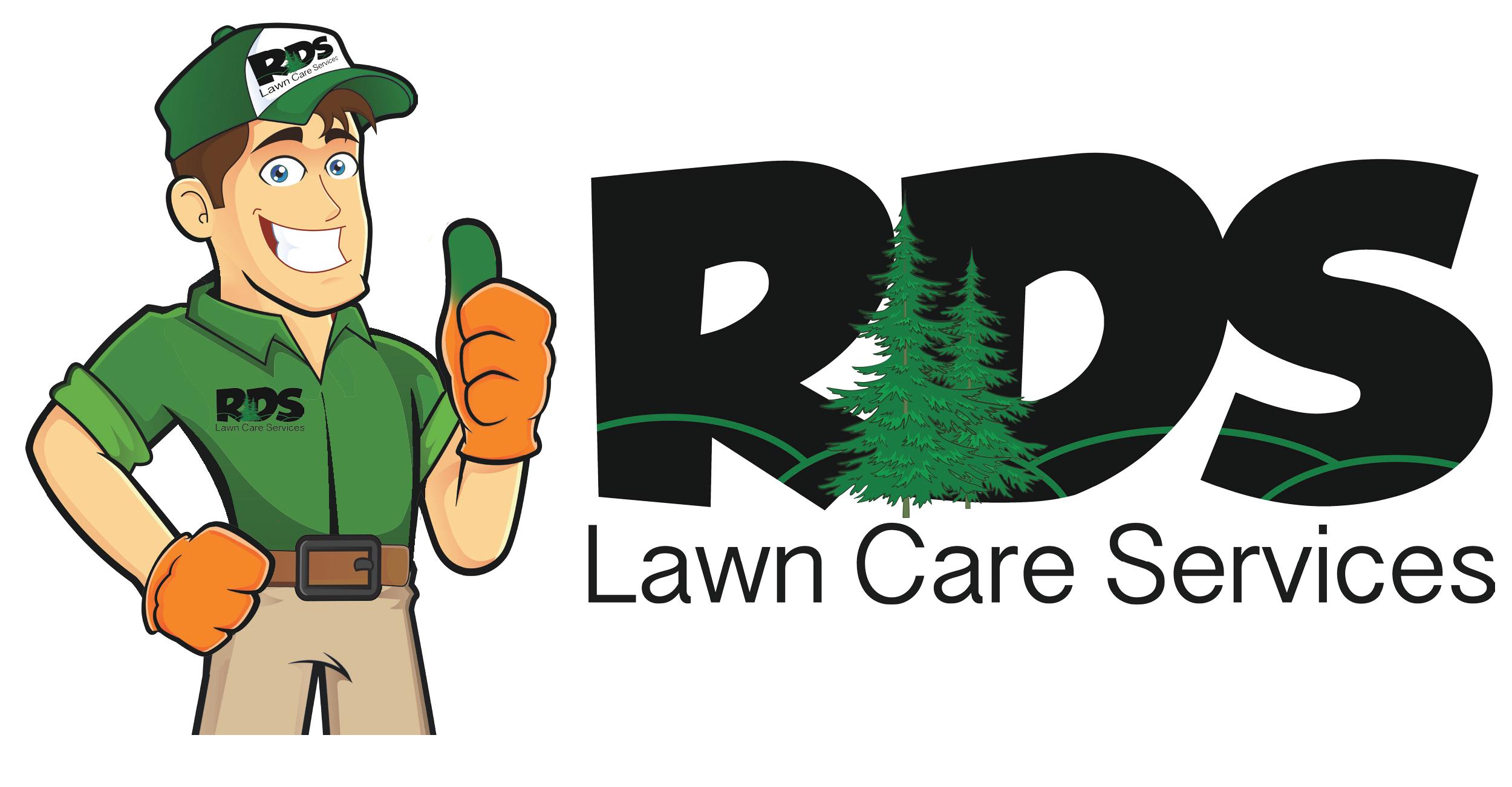
Leaf Spot is a lawn disease that causes grass to become riddled with unsightly spots. It is a versatile disease that can be either fungal or bacterial, and it is notorious for ravaging lawns that are exposed to prolonged periods of moisture and humidity. As a lawn disease, Leaf Spot often comes from infected leaves spreading disease to healthy turfgrass.
This article will help you identify Leaf Spot, and it will provide you with some important advice and information on how to prevent this ugly disease from ever destroying your lawn. Be sure to call your local lawn care professionals for more information.
Symptoms Of Leaf Spot

Identifying Leaf Spot is pretty straightforward when examining diseased leaves from trees, and the same signs of infection can be found on lawns that are affected by the disease. The leaves will have brown or black spots that are often surrounded by a yellow “halo.” The spots can range in size from small dots to large blotches, and they’ll usually appear in groups. If the Leaf Spot infection is severe, the leaves will turn yellow and then brown, and they may eventually drop off the tree.
Leaf Spot on lawns manifests itself in similar ways. You’ll see brown or black spots on the grass blades, and the affected areas will often be surrounded by a yellowish halo. The spots can vary in size, and they’ll typically appear in groups. There are many different types of infections and symptoms that could be considered Leaf Spot, some of which include purple-colored spots or a pale necrotic center where plant matter has died. If the disease is left untreated, the infected grass blades will form big patches of weakened and discolored turf all across your lawn.
What Causes The Spread Of Leaf Spot?

Leaf Spot is a unique lawn disease in that it can be either fungal or bacterial. While most Leaf Spot infections found in residential lawns come from a variety of different fungi, trees and shrubs could succumb to a bacterial infection, and that bacteria could then be spread to your lawn via infected leaves falling into your yard. If you are dealing with Leaf Spot as a common fungal lawn disease, there are a number of ways the fungi can spread across your turf.
Leaf Spot caused by fungi spread via spores that are discharged into the air from infected leaves. The spores can travel long distances before eventually landing on healthy leaves and turf grass, at which point they’ll germinate and cause a new infection. The fungi can also be spread by water, either through rain splashing contaminated water onto healthy leaves or by irrigation systems that are used to water lawns. Once the fungi land on a leaf, they will enter through the stomata, which are tiny pores found on the surface of leaves.
Bacterial Leaf Spot is spread in a similar fashion, but the bacteria are often carried by insects like aphids or mites. These pests will feed on the sap of infected leaves before moving on to healthy ones, thereby spreading the bacteria and causing a new infection.

Aside from the factors mentioned above that can spread the Leaf Spot disease, the condition of your lawn plays a major role in the development of diseases. If a lawn is tended to properly, it has a better chance at growing healthy grass that can fight off infection. On the other hand, a poorly maintained lawn will contain weaker grass that can not withstand a severe infection. The following lawn care issues may attract Leaf Spot and other diseases:
- Unclean Tools
- Unraked Leaves
- High Humidity
- Excess Moisture
- Poor Drainage
- Excess Thatch
- Soil Compaction
- Much More
Does Leaf Spot Kill Grass?

Because there are so many different varieties of the Leaf Spot disease, all types of grasses can be affected. Thankfully, Leaf Spot is usually considered a foliar disease, meaning it only affects the leaf of a plant. The type of fungal infection that causes most cases of Leaf Spot on lawns is limited to only the grass blade and will not spread to the roots or crowns, where diseases can do severe damage that kills grass.
What a fungal infection can do to your turf, however, is block its ability to absorb sunlight and nutrients via photosynthesis. As signs of Leaf Spot spread over a blade of grass, the plant’s ability to produce food for itself is diminished, and the grass can die if the infection is severe enough.
Bacterial Leaf Spot is a different story. While this disease also mostly affects only the leaves of a plant, the bacteria can sometimes enter through the stomata and spread to the vascular system. The vascular system is responsible for transporting water and nutrients throughout the plant, and, if it becomes infected with bacteria, it could begin to shut down. This would cause the entire plant to die.
Prevention & Treatment
One of the best ways to prevent Leaf Spot is by practicing proper lawn care. This means mowing your lawn regularly, watering only when necessary, and raking up leaves as soon as they fall. The many different varieties of Leaf Spot, as well as the methods by which the disease can strike, make this disease very common, even for generally healthy lawns. Below are a few tips on how proper lawn care can prevent and even treat Leaf Spot.
Fertilization

It can be tempting to use a large amount of fertilizer when you see signs of Leaf Spot start to plague your grass, but this would be a mistake! Applying too much fertilizer, especially nitrogen-rich fertilizer, can actually do more harm than good. When you over-fertilize your lawn, you encourage rapid growth. While this might make your grass look luscious and green at first, the new growth will be weak and susceptible to disease.
The best way to fertilize your lawn is by using a slow-release fertilizer that contains a balance of nitrogen, phosphorus, and potassium. This will promote healthy growth without encouraging the kind of rapid growth that weakens grass.
Lawn Mowing

It’s important to mow your lawn regularly to prevent Leaf Spot, as well as other diseases. How often you should mow depends on the type of grass you have. For most types of grass, though, you should mow when the grass is about 3 inches tall. This might seem like a lot, but it’s actually the ideal height for most lawns. Mowing too often will weaken the grass and make it more susceptible to disease.
When you do mow, be sure to use clean blades that have been sharpened recently. Dull blades tear grass rather than cut it, which can leave your lawn vulnerable to infection. Sharp blades also produce cleaner cuts that heal quickly and resist disease better than ragged ones.
Irrigation

It’s important to water your lawn deeply and infrequently to prevent Leaf Spot and other diseases. Watering too often or too little can both lead to problems. Watering too often encourages shallow root growth and makes grass more susceptible to drought stress, while watering too little can lead to drought stress and make grass more susceptible to fungal diseases.
The best way to water your lawn is to give it a deep watering about once a week. This might seem like a lot, but it’s actually the best way to encourage deep root growth. Deep roots are crucial for a healthy lawn that can resist disease. Also, remember to water in the morning so your lawn has enough time to dry off, which helps combat the development of fungi.
Raking

When it comes to preventing Leaf Spot, it all starts with keeping diseased leaves off your lawn! Rake up leaves as soon as they fall, and be sure to dispose of them in a way that they can’t spread the disease to other plants. It’s also a good idea to rake up any dead grass, as this can provide a perfect environment for fungal diseases to take hold.
Mowing over leaves instead of removing them is not advised for disease prevention purposes. If your mower runs over hazardous fungal spores, those spores could attach themselves to the wheels, blades, or any other part of the machine. From there, the fungus can spread to any plant matter that comes into contact with your mower. Rake and remove leaves with a bag or tarp to make sure your lawn stays disease free!
Core Aeration

If your lawn is starting to show signs of Leaf Spot, it might be time to aerate. Aeration involves making small holes in the soil so that air, water, and nutrients can reach the roots of your grass. This process can help combat compaction, which can make it difficult for water and nutrients to reach the roots. It can also help improve drainage and reduce puddling on your lawn.
Aeration is an important part of any disease prevention program, but it’s especially important for lawns that are subject to a lot of foot traffic. If you have kids or pets who play on your lawn often, aerating once or twice a year can make a big difference in preventing disease.
Professional Lawn Care

Chemical fungicides can be used to prevent and control fungal Leaf Spot. The best time to use fungicides is early in the development of the fungi. Getting to the disease right when it starts means your grass will still be healthy and strong enough to fight off an infection. If the infection becomes too widespread, fungicides may not work as effectively.
Preventing Leaf Spot is easier than treating it, so it is always best to take action early before the spread of infection worsens. Call professional technicians, like the experts at RDS Lawn Care, to make sure that your lawn gets the best defense available. Through proper lawn care routines and a vigilant eye, we will help you keep your turf safe all year long!




